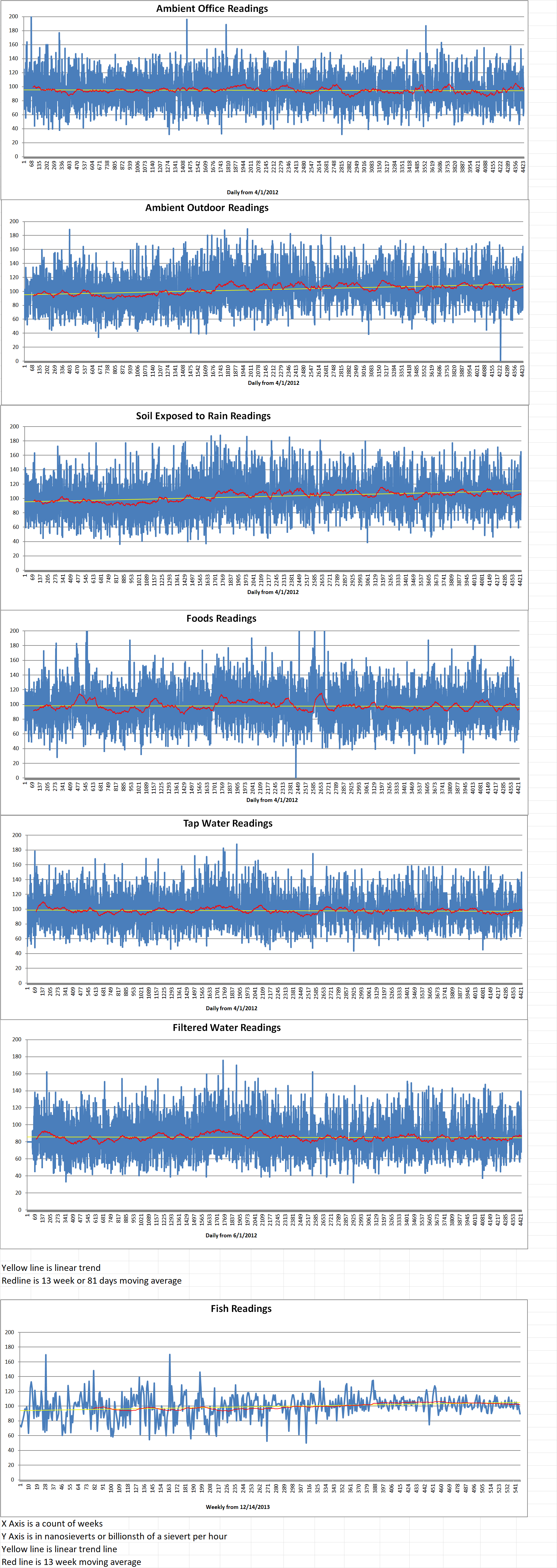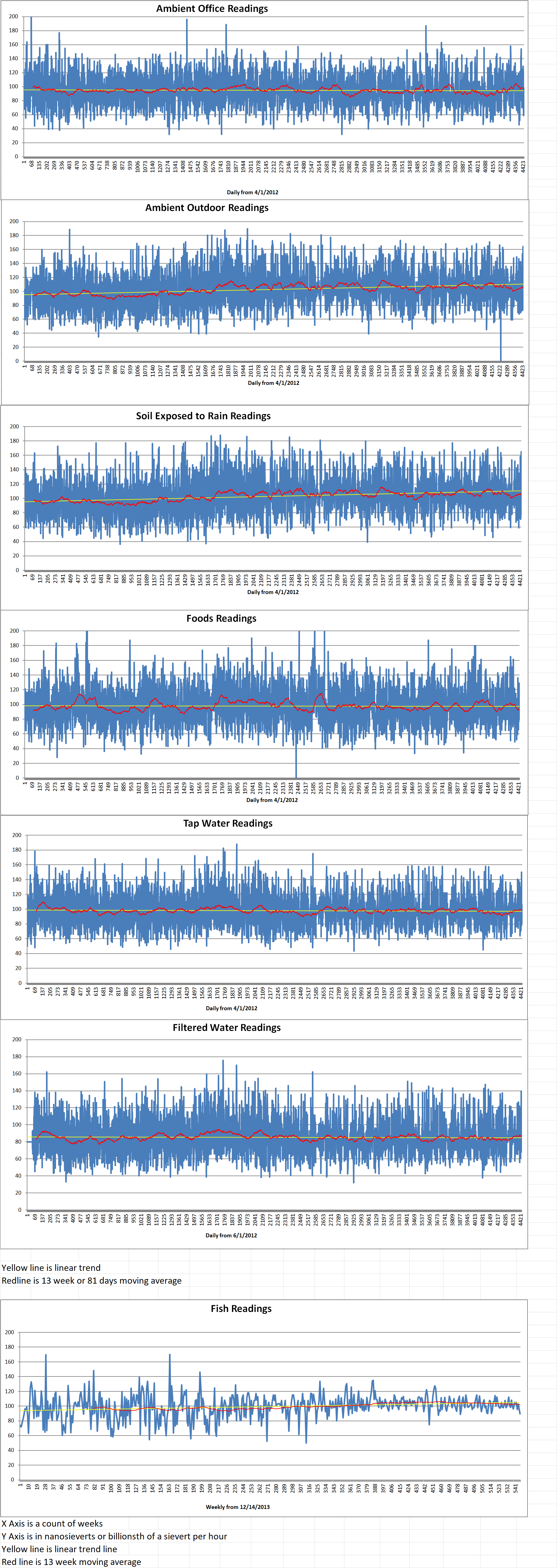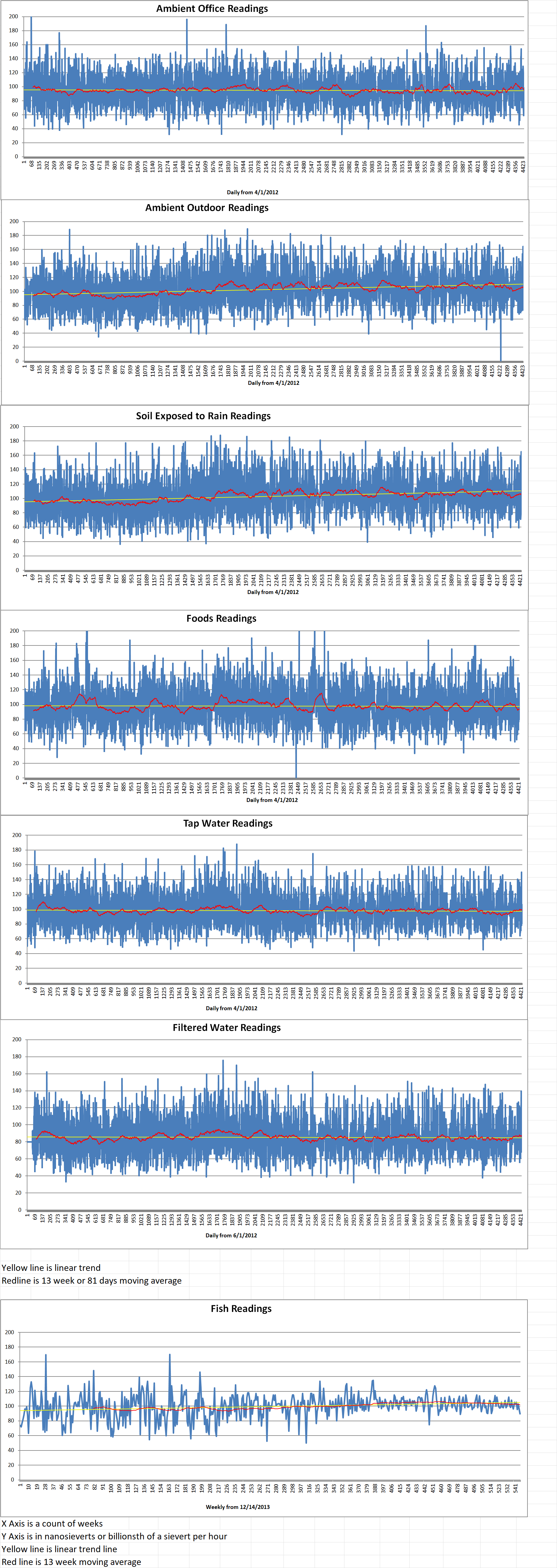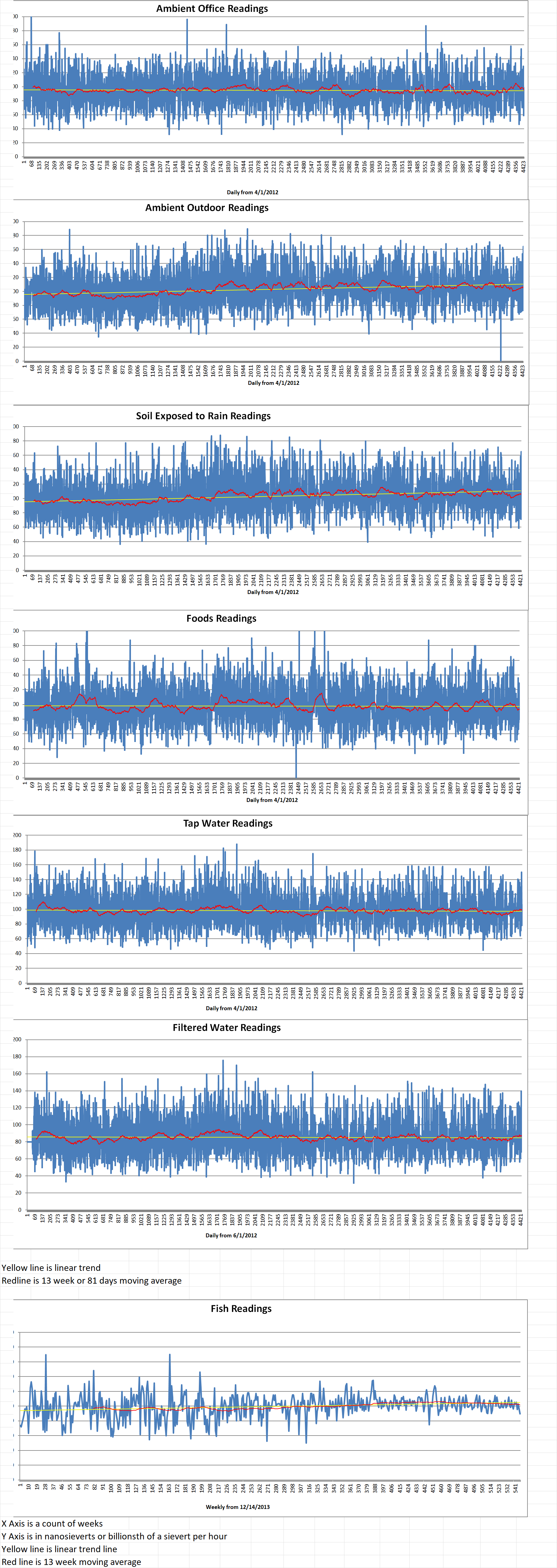Microreactor developer Last Energy states that it has received a letter of intent from the Export-Import Bank of the U.S. (EXIM) for one hundred- and four-million-dollar debt financing relating to its project in South Wales in the U.K.
The company says that the letter, from the bank’s structured and project finance division, confirms its “willingness to diligence” the financing. It follows an in-depth review of Last Energy’s “technology, business model, manufacturing plan and access to nuclear fuel. Upon final commitment, the Bank’s facility would cover Last Energy’s entire costs for a single power plant installation”.
U.S.-based Last Energy is a spin-off of the Energy Impact Center which is a research institute devoted to accelerating the clean energy transition through innovation. Last Energy’s reactor technology is based on a pressurized water reactor with a capacity of twenty megawatts of electricity or eighty megawatts of thermal power. Power plant modules will be built off-site and assembled on-site.
A Last Energy plant, referred to as the PWR-20, is comprised of a few dozen modules that, the company says can “snap together like a Lego kit”. The PWR-20 is designed to be constructed, transported, and assembled within twenty-four months. It is scaled to serve private industrial customers, including data centers. Under its development model, Last Energy will own and operate its plug-and-play power plant on the customer’s site. It will bypass the decade-long development timelines of electric transmission grid upgrade requirements.
Last Energy has been advancing plans to develop four PWR-20 units on the vacant site of the Llynfi coal-fired power station. The company said the new plant would “provide energy security to local manufacturers, create jobs, and unleash a long-term economic investment in the region”. The Llynfi power station is a one hundred twenty-megawatt coal plant. It operated between 1951 and 1977. Following the decommissioning of the Llynfi in 1977, the fourteen-acre site has remained vacant.
Bret Kugelmass is the Founder and CEO of Last Energy. He said, “Receiving this Letter of Interest from EXIM is the latest in a series of recent milestones that further validates Last Energy’s unique approach to accelerating nuclear deployment by focusing on design for manufacturability. They put us through the wringer – interrogating our physics, technology, supply chain, business model, partnerships, and timelines to delivery – and, after 18 months of rigorous review, have determined that we’re ready for the next step.”
Last Energy said it has been actively engaging with the U.K.’s Office for Nuclear Regulation, Natural Resources Wales, Planning and Environment Decisions Wales, the Environmental Agency, and with local and national Welsh and U.K. officials. Last Energy has pledged to continue to do so throughout the project. The company said last October that it was targeting 2027 to commission the first plant, “following a successful planning and licensing process”.
Last Energy estimates the entire project represents a capital investment of three hundred and ninety-three million dollars, which will not require any public funding. Contracts with local suppliers would amount to more than thirty-eight million dollars, while more than one hundred full-time local jobs would also be created.
Last Energy announced agreements for thirty-four units in 2023 and began 2024 with agreements for fifty units. Of the agreements, thirty-nine of the eighty-four units are slated to be built to serve data center developers. The company says its goal is to ten thousand units in the next fifteen years.
The EXIM is the country’s official export credit agency “with the mission of supporting American jobs by facilitating U.S. exports. To advance American competitiveness and assist US businesses as they compete for global sales, EXIM offers financing including export credit insurance, working capital guarantees, loan guarantees, and direct loans”.
Last Energy






